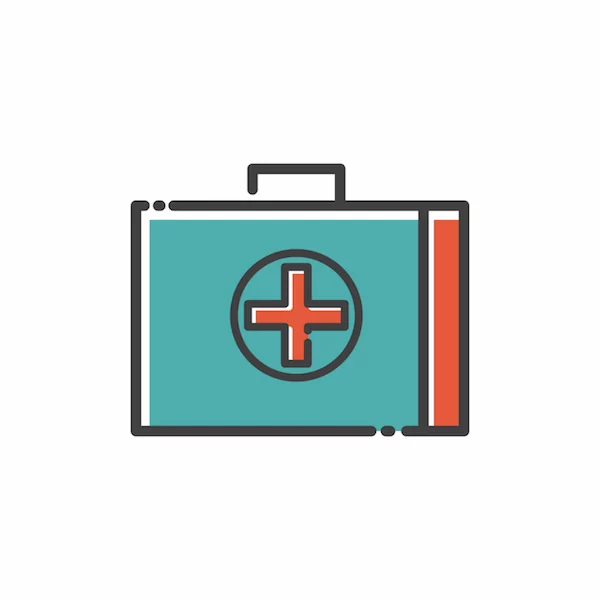3 Tips for First Aid Safety at Home

In the U.S., about one-third of all injuries occur at home. While you may consider your home to be the safest place for you and your family, injuries can happen anywhere to anyone. The good news is there are many things you can do to feel prepared in case of an emergency.
With these first aid safety tips, you can have peace of mind knowing you can help yourself and your family. For more on our top first aid tricks to learn and what to pack in your own at-home first aid kit, read on for our basic guide.
1. Survey the Scene
One of the top tips for what to do in an emergency is to survey the scene for danger. If you see a family member or friend at your home in an emergency, this tip can help protect both your safety and theirs.
While it’s important to provide care to the injured in a swift manner, it’s also important to ensure that you stay out of harm’s way. When surveying a potentially dangerous scene, be sure to check for any hazards that will threaten your safety. For example, you may check for fallen power lines or poisonous animals and insects.
This simple step can help you not only better understand the issue but also protect your own health.
2. Keep a First Aid Kit Close By
Whether you live alone or with a large family, everyone should have their own at-home first aid kit. This kit should contain items like pain relievers, bandages, anti-allergy medications, and more. A simple first aid kit close by at home could help you survive a life-threatening situation.
One of the top items to carry in your first aid kit deals with wound care. By packing bandages, tape, gauze, and rubbing alcohol in your kit, you could help care for a painful wound in a timely manner. You may also consider packing a stop bleeding powder.
This powder interacts with blood to create a temporary yet effective wound enclosure. This can help reduce excessive bleeding as well as protect the wound from infection.
Another crucial item to keep in your first aid kit is an EpiPen. This injection device can help reverse allergy symptoms like swelling, shortness of breath, or low blood pressure. Before packing your EpiPen away, be sure to read the instructions thoroughly.
3. Learn CPR Basics
CPR, or cardiopulmonary resuscitation, is an important life skill that everyone should know. This lifesaving technique helps restore breathing to someone who has lost breath or a heartbeat. Brushing up on basic CPR skills is one of the top first aid tips for all.
Performing CPR on someone while waiting for paramedics to arrive could be the difference between life and death. Consider taking a CPR course that trains you on the specifics of what to do in an emergency. If you’re untrained, there are still ways to perform basic CPR.
First, survey the scene and check whether there is a pulse on the inside of the wrist or neck. Then, begin doing hands-only CPR with chest compressions. Untrained individuals should still check for breathing and continue compressions until help arrives.
Follow These Tips for First Aid Safety
We all deserve to feel safe and at ease in the comfort of our own homes. Now that you know some of our top tips for first aid safety, you can feel more prepared and ready in case of an emergency at your home.
For other articles on lifestyle, health, and more, check out the rest of our website.

